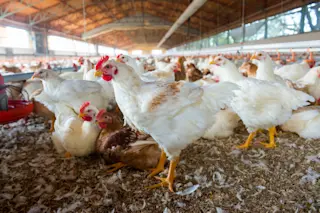(Credit: trekandshoot/Shutterstock) Most of us spend a whopping 90 percent of our time indoors, which is the sort of statistic makes you want to spend your lunch break outside — especially when you consider the microbes that share your workspace. Scientists are increasingly interested in the ecosystems of bacteria, fungi, and other micro-organisms that share those artificial environments with us. That’s why John Chase of Biota Technology and his colleagues sampled the microbial communities in offices in Flagstaff, San Diego, and Toronto. In all of the samples, human skin bacteria made up 25 to 30 percent of the genetic material they captured, followed by a “small but consistent” contribution from the bacteria that live in our noses, which is something fun to think about next time you touch anything in your office.
The researchers were interested in how different features of the indoor environment – like building materials, ventilation systems, ...














